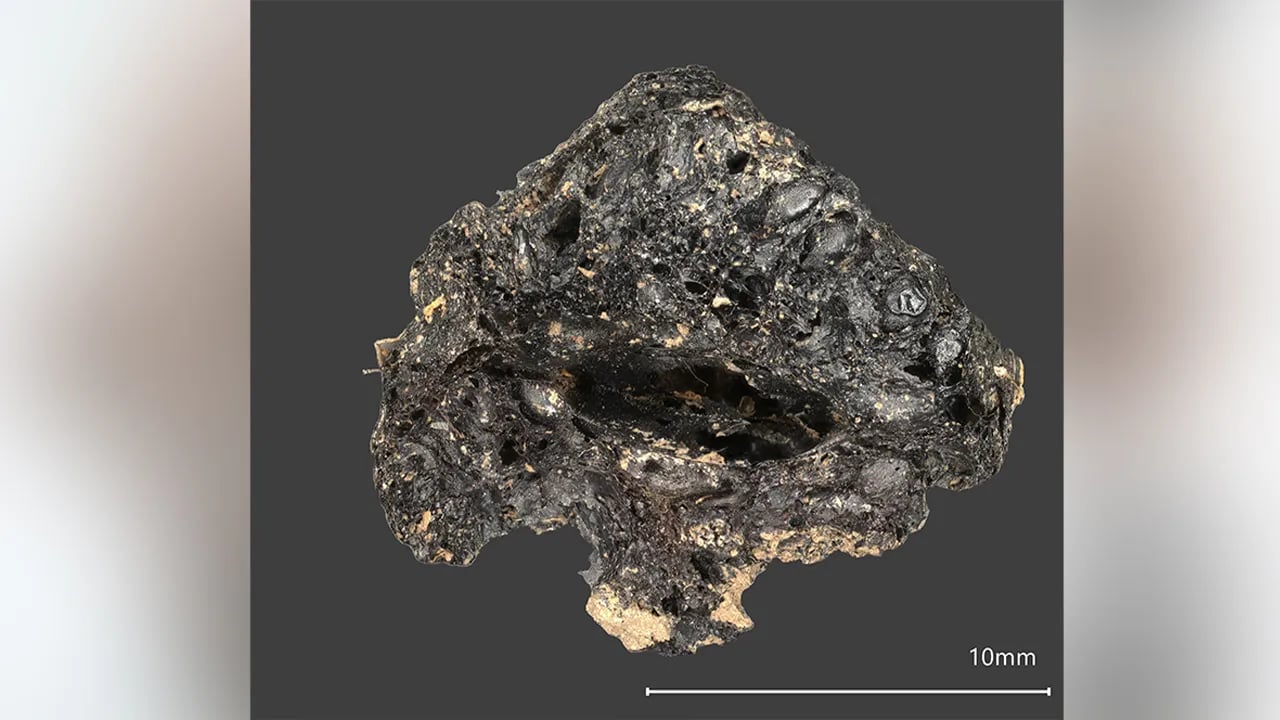An exotic fruit from 2,000 years ago was discovered in Ireland, marking the oldest example found in the region.
An archaeological excavation in Drumanagh uncovered a fig.

An ancient fig, dating back 2,000 years, was discovered during excavations in Dublin, shedding light on the foods that were traded between the Roman Empire and Ireland in thousands of years past.
During excavations in the area, a 2,000-year-old fig was discovered, along with metal and ceramic objects, and additional food remains. The food remains were preserved due to their burned condition, according to a release from University College Dublin.
The fig from ancient times offers fresh perspectives on the goods exchanged between the Roman Empire and Ireland.

According to a news release, Professor Merial McClatchie, director of the UCD Ancient Foods research group at UCD School of Archaeology, stated that fig seeds dating back to the 13th century have been discovered during excavations in Dublin, Cork, and other towns.
The ancient find is a first-of-its kind for Ireland.
"The Drumanagh fig, discovered in Ireland, is the oldest exotic fruit found there and has no equivalent in terms of antiquity," McClatchie stated.
The exchange of food between the Roman Empire and Ireland was facilitated through trade routes. Researchers have recently discovered that figs have been present in Ireland for thousands of years.

McClatchie expressed excitement about the idea of someone enjoying an exotic food in Ireland so long ago, as stated in the news release.
Christine Baker, Heritage officer and archaeologist at Fingal County Council, has led the excavations at Drumanagh.
The team uncovered numerous ancient objects beyond food remains, which have aided researchers in comprehending the lifestyle of people in Ireland thousands of years ago.
"According to Baker's news release, our excavations have uncovered more information about the lives of those who lived and worked at Drumanagh. We now know that goods were not the only things imported there; lifestyles were also brought in by the windswept cliffs. People consumed spelt bread, olive oil, and figs, drank from glass vessels and fine ceramic cups, and wore brooches and glass beads. The evidence so far suggests a connection with the Chester/Wirral area of Roman Britain during the first 200 years of the Roman conquest."

A 60-pound slab of bog butter was discovered by a farmer in County Donegal, Ireland, through sheer luck.
Discovering a "cheesy" scent in the air led him to find the bog butter, although it is not an uncommon find in the area with approximately 500 recorded finds in Ireland, it was unique in its size.
An archaeologist who visited the site described the 60-pound slab as one of the largest chunks of bog butter found in Ireland to date, according to The Irish News.
Micheal Boyle, who discovered bog butter, explained that he stumbled upon it by pure luck. He saw something in the ground and was surrounded by a "cheesy smell," which led him to quickly conclude what he had found.
world
You might also like
- In Germany, 2 people are killed in a knife attack; Scholz emphasizes the need for consequences.
- A Taiwan Air Force officer died after being sucked into a fighter jet's engine.
- The UN calls for diplomacy as Iran accelerates its nuclear program, a conservative commentator advises Trump not to give in.
- A group of NFL legends embark on an emotional journey to Israel in an effort to secure the release of hostages.
- Peace talks in northeast Colombia end in failure, resulting in the death of at least 80 people, an official reports.



















